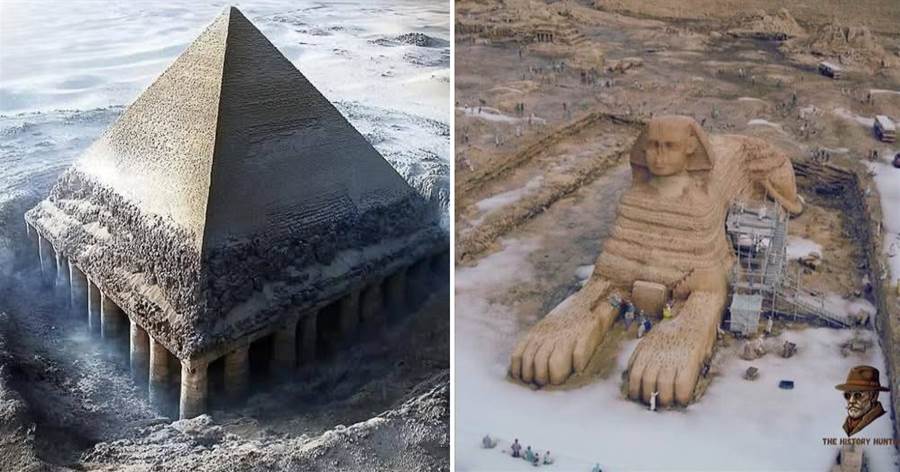

Phoenix, AZ, is one of the fastest-growing cities in the United States, but it is also struggling to handle the extreme heat that comes with its desert environment. The rising temperatures have resulted in more heat-related deaths and increased strain on the city's infrastructure.
Phoenix's population has been steadily increasing, with many people moving to the city in search of job opportunities and a warm climate.
However, the city's rapid growth has led to a rise in temperatures, exacerbated by the urban heat island effect. This effect occurs when cities absorb and trap heat due to the abundance of concrete and asphalt, creating higher temperatures within urban areas compared to the surrounding countryside.
The consequences of the extreme heat have been devastating. Heat-related deaths have increased significantly in the past few years, with Phoenix experiencing record-breaking temperatures.
The elderly and vulnerable populations are especially at risk, as their bodies struggle to regulate temperature and adapt to the extreme heat. The city's healthcare system has faced immense pressure, with hospitals inundated by heat-related illnesses.
In addition to the impact on human health, the extreme heat is straining the city's infrastructure. Roads are buckling under the intense heat, causing damage and disruptions to transportation.
Phoenix's power grid is also under strain as air conditioning usage surges, leading to frequent power outages. The increased demand for water has put a strain on the city's water supply, which is already limited due to the arid climate.
To combat the effects of the heat, Phoenix has implemented various measures. The city has adopted a heat readiness plan, which includes providing cooling centers and distributing free water to vulnerable and homeless populations.
The city is also working on expanding its tree canopy to provide more shade and reduce the heat island effect. Additionally, Phoenix has introduced building codes that require new structures to have reflective roofs and utilize sustainable design techniques to mitigate heat absorption.
Despite these efforts, more needs to be done to address the rising temperatures in Phoenix. Climate change is exacerbating the extreme heat, and experts predict that the city will continue to face hotter temperatures in the coming years.
The healthcare system needs to be better prepared to handle the increase in heat-related illnesses, and infrastructure upgrades are necessary to withstand the extreme conditions.
In conclusion, Phoenix, AZ, is facing the challenges of rapid population growth and extreme heat. The consequences of the rising temperatures are evident in increased heat-related deaths and strain on the city's infrastructure.
While the city has implemented measures to combat the effects of the heat, more action is needed to adapt to the changing climate and protect the well-being of its residents.



















